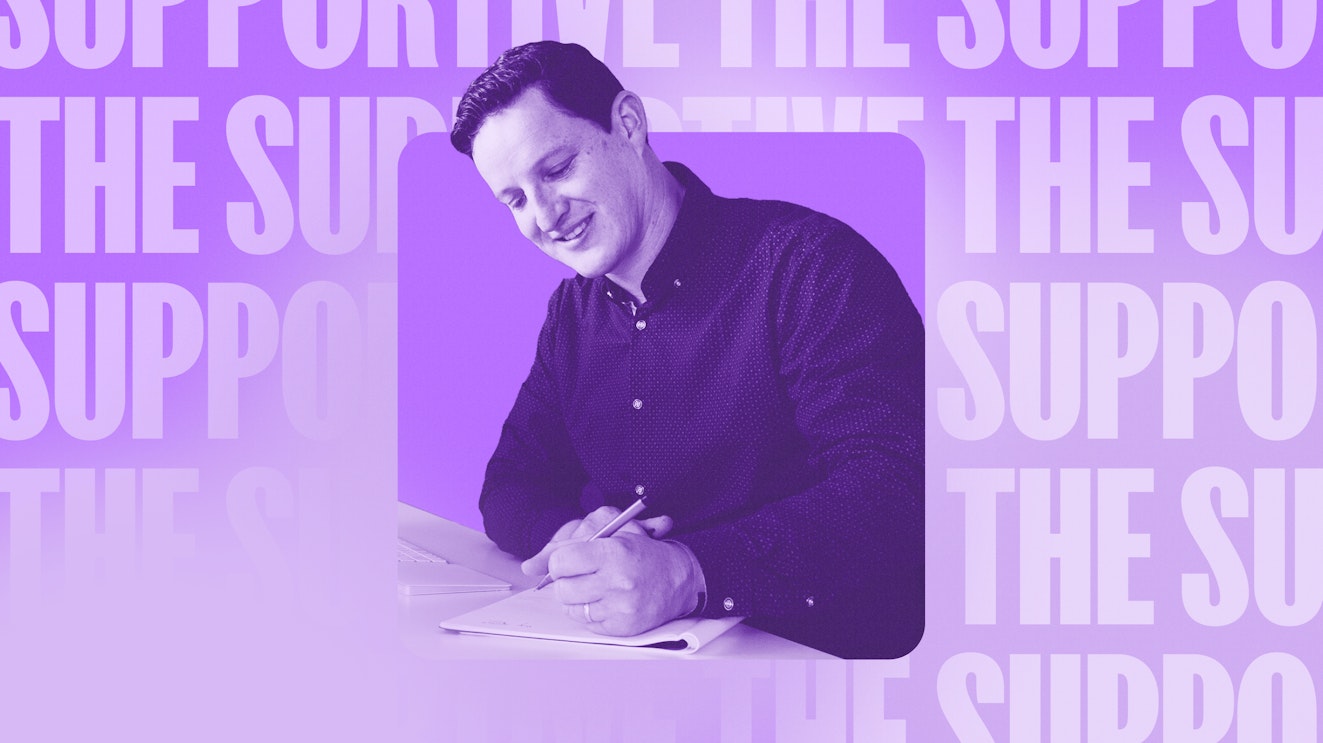Every person working in customer service should be treated with respect. I imagine that is a value we share.
However, we might express that shared value in quite different ways. If you’re in the U.S. or Canada, then a generous cash tip might be an explicit sign of that respect. It shows an understanding of the economic system governing service wages in your countries, and it practically supports the person working under it.
For me, in Australia, tipping is not such an ingrained cultural practice. While I do usually tip in restaurant situations, it is not required or often even expected. People are paid a reasonable wage to do the work (generally speaking). I remember an American boss in my former job who was shocked when a Sydney restaurant would not keep the kitchen open late for our group. From his perspective, that was terrible service. For us Aussies, it was normal — the staff deserved to finish up their day on time, fair enough.
This Could Have Been an Email
This article first appeared in The Supportive Weekly, Mat's email newsletter for anyone who wants to create better customer experiences. Subscribe now...it's not boring!

Everybody can agree on the underlying idea that service staff deserve respect, but the practical outcomes of that belief can be very different in different cultural contexts, even between two English-speaking Western nations. Even our smiles are culturally influenced.
When you want to deliver great service online, grasping those differences can be vital. If you’re an Australian serving U.S. customers, having some understanding of U.S.-style service culture will help. Australians at least have a massive quantity of American media to learn from, but until Bluey covers customer service in more detail, the rest of the world probably won’t understand the Australian service culture.
So what is the answer? Well, building a global team can help bring in a wider range of experiences and cultural knowledge. Hiring from diverse backgrounds, even within the same country, also expands your cultural understanding — even if it’s just someone to explain how many items “1 lakh” is in your customer’s order.
People, as always, are both the problem and the solution.
The AI monoculture
What happens when there aren’t even people answering customers but only AI tools? As more teams integrate AI assistants into their support workflows, more of the answers (or drafts) will be generated by machines.
The large language models those machines rely on are not perfectly neutral, detached from cultural context. On the contrary, being trained on massive amounts of text on the internet, they reflect the dominance of U.S.-based English language content.
In a 2023 study from the University of Copenhagen, the authors found:
ChatGPT reveals in its responses that it is aligned with American culture and values, while rarely getting it right when it comes to the prevailing values held in other countries. It presents American values even when specifically asked about those of other countries. In doing so, it actually promotes American values among its users.
If you are only dealing with American customers (with American expectations and values), then this is no problem at all. However, if your customer base or your staff are not exclusively American, then it does present some risks.
Those risks might include generative AI :
Misunderstanding idioms or colloquialisms and treating them literally.
Mistaking cultural directness for rudeness and responding accordingly.
Referencing holidays, events, or news items not relevant to the customer.
Confusing dates, times, or currencies across countries.
Yes, these are all things people can (and do) get wrong too, but people can be trained and can teach each other. Generative AI is harder to improve, though newer models force-fed on a broader diet of languages and content sources are a potential long-term solution.
We can’t predict where generative AI will develop over the next few years. Already, it can be incredibly useful and impressively helpful, but it is fundamentally different from the way your human support team works.
Companies that truly value high-quality customer service will need to put significant effort into monitoring quality and selecting where and when to rely on generated output.
There is no automated way to know your own customers and care for them as individuals. That takes people.







